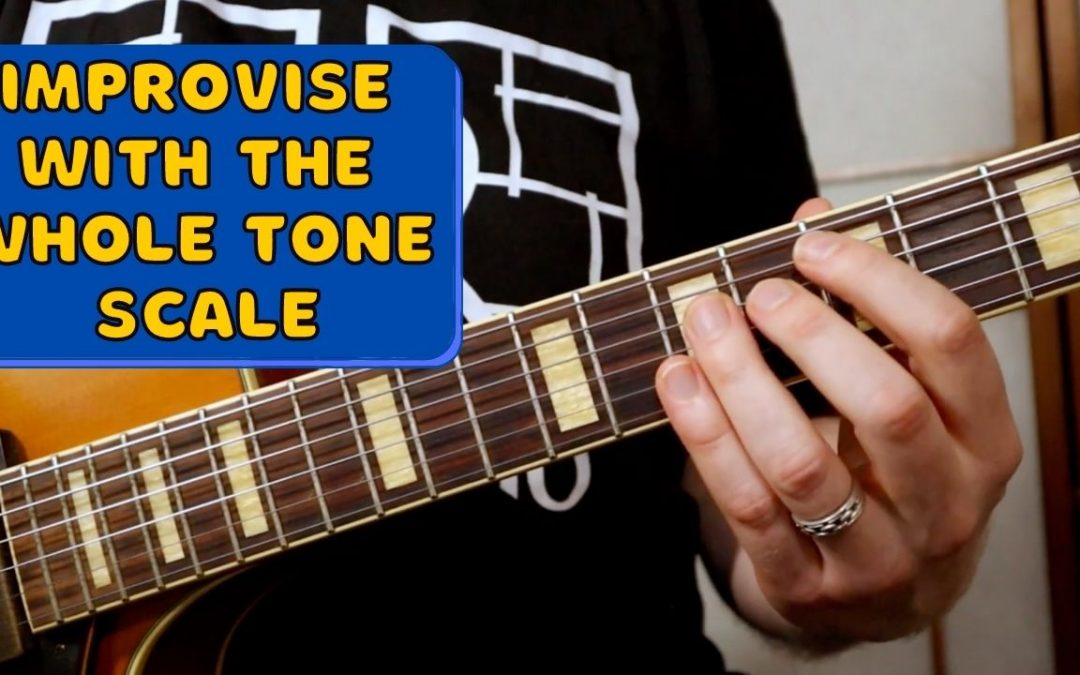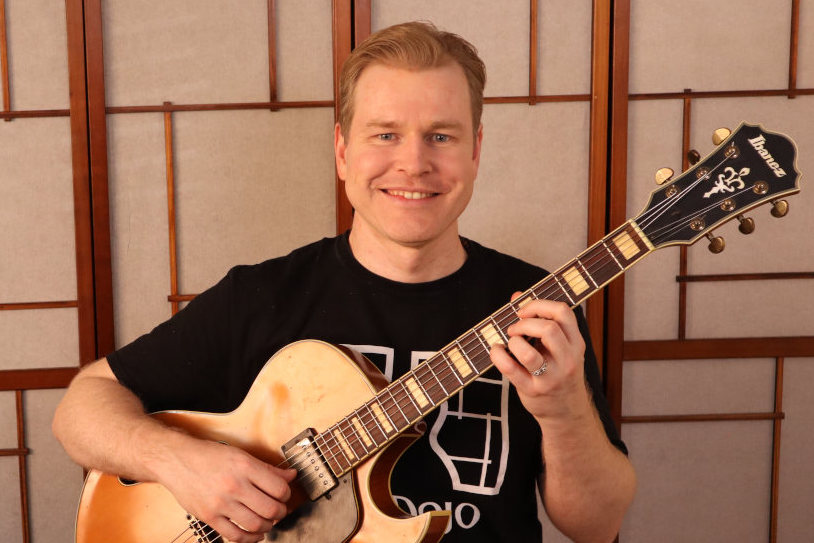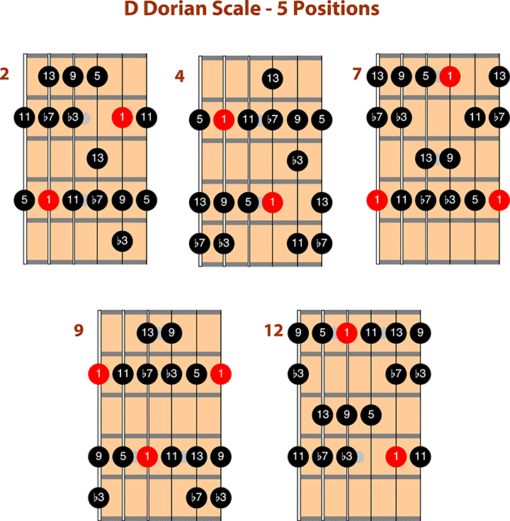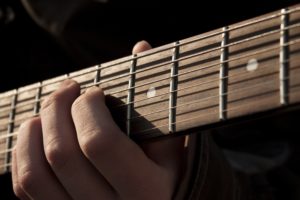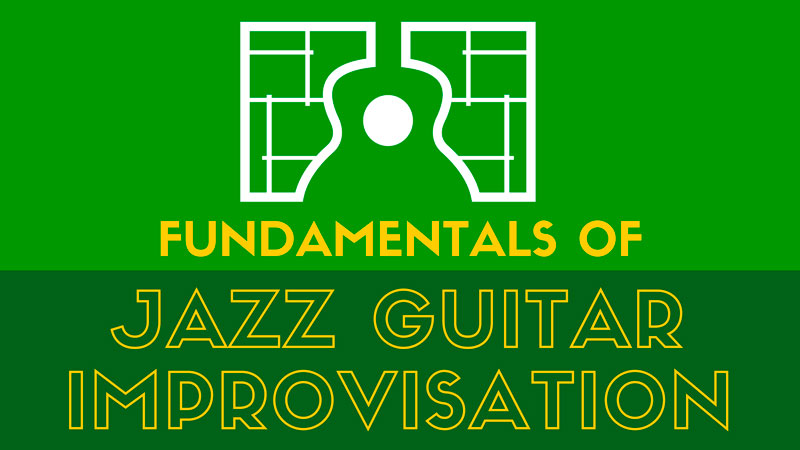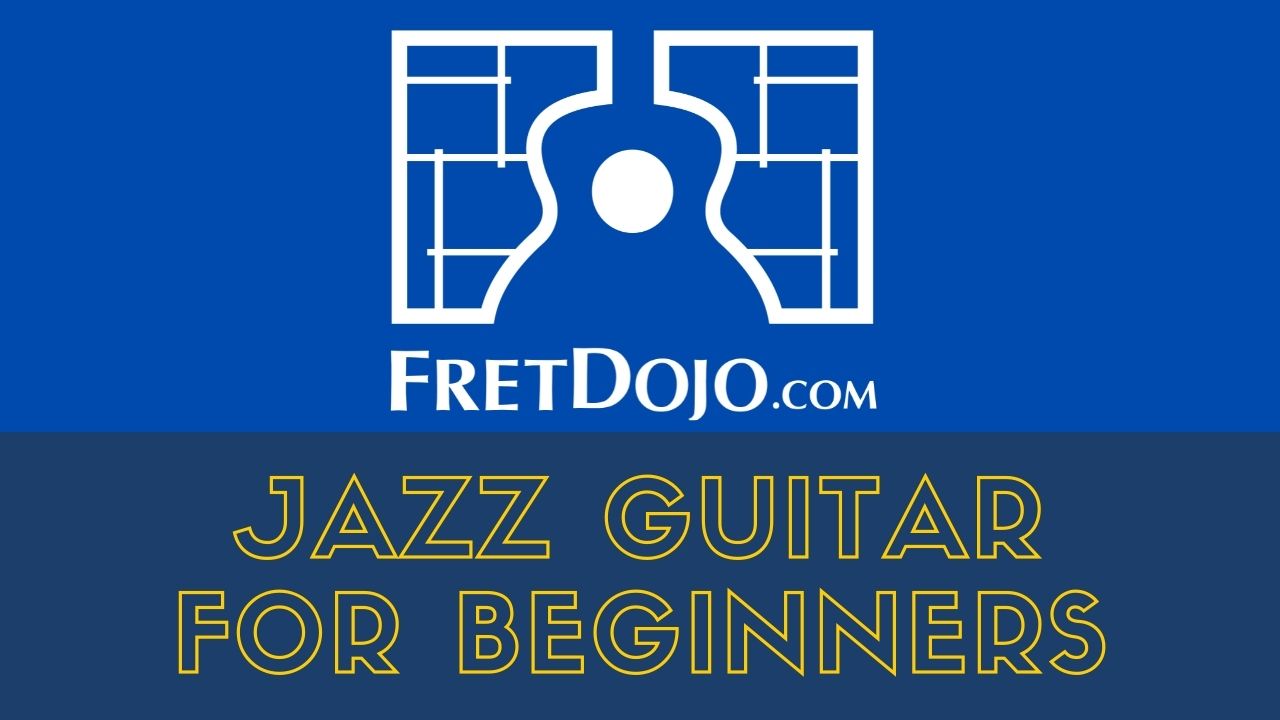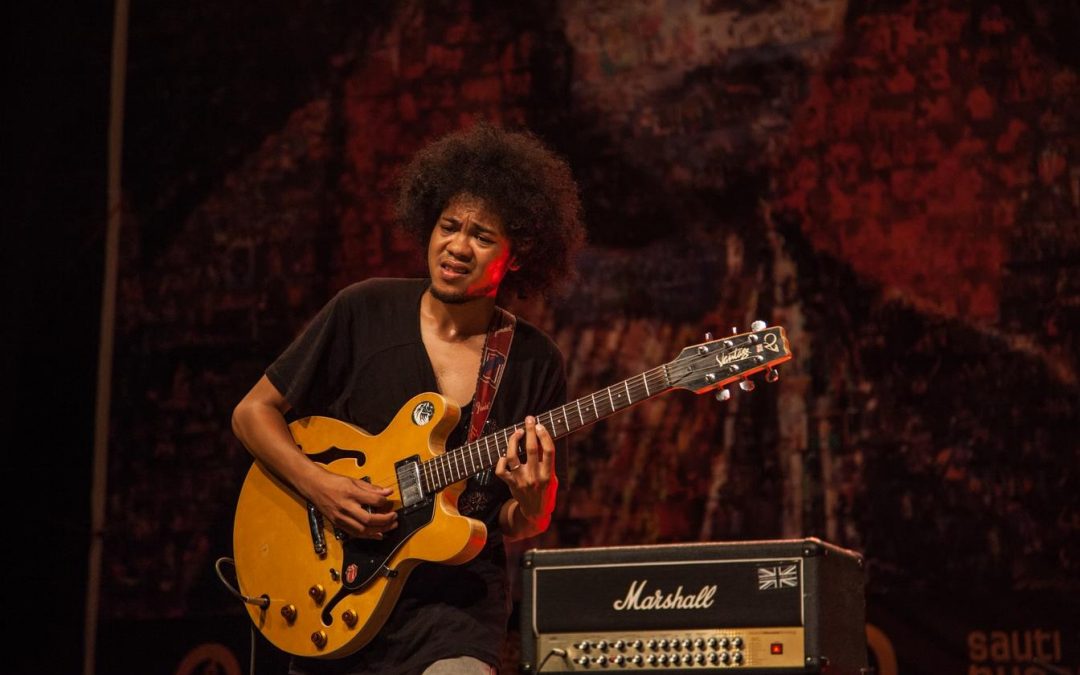
Making Mistakes – The Path To Success
Making Mistakes – The Path To Success
 It happens to all of us at some point:
It happens to all of us at some point:
Getting too wrapped up with not sounding that great sometimes when we practice.
The reason:
It’s the curse of…
Being an adult.
The Curse of Being An Adult
Compare this to the following:
Notice what a child does when they first learn to do things.
Kids make so many mistakes. When speaking, at first they can barely put a word together.
And even after they can eventually say a few basic words, they often make mistakes on the order of the words.
But here’s the reason they improve so quickly:
They don’t care.
Mistakes are an excellent learning opportunity. Don’t be afraid of them as they are a great opportunity for growth.
Kids just keep experimenting, making mistakes, falling over, and trying again.
Ironically though, this is the reason kids learn so fast.
The faster you make many mistakes, the more quickly you can learn from them.
Here’s the thing:
Adults are too often afraid of making mistakes when it comes to playing music.
Why is that?
The reason:
Adults are painfully aware of what good music sounds like, having listened to perfectly produced recordings their whole life (with all the mistakes conveniently edited out!)
But:
Young kids don’t have a high awareness of what ‘correct’ sounds like.
This allows children the freedom and lack of inhibition to make a lot of mistakes, to be corrected by their parents and teachers, and thus learn at a rapid pace.
So:
Adopt the child’s mindset in your guitar practice.
The Child’s Mindset
Don’t worry too much if something isn’t sounding good (yet). Often daily practice will iron things out if you don’t tie yourself up in knots about it.
If you work on something over the course of a week or two and despite daily practice you’re seeing no improvement, adopt a curious mind – and treat it as
despite daily practice you’re seeing no improvement, adopt a curious mind – and treat it as
‘a puzzle to be solved’.
When you notice something isn’t improving, make a hypothesis as to what could be the causing the problem.
Then:
Devise an experiment, consisting of exercises or practice approaches that you think could solve the issue. Run the experiment for a couple of weeks and record your observations.
Remember:
Mistakes are an excellent learning opportunity. Don’t be afraid of them as they are a great opportunity for growth.
In fact:
Learning from your mistakes is the key to success on the guitar – or anything else you apply yourself to.
Over to you – What did YOU think of this practice tip? Leave a comment below with your thoughts or tips of your own…
Greg O’Rourke
Founder, FretDojo
World Leader in Online Guitar Education


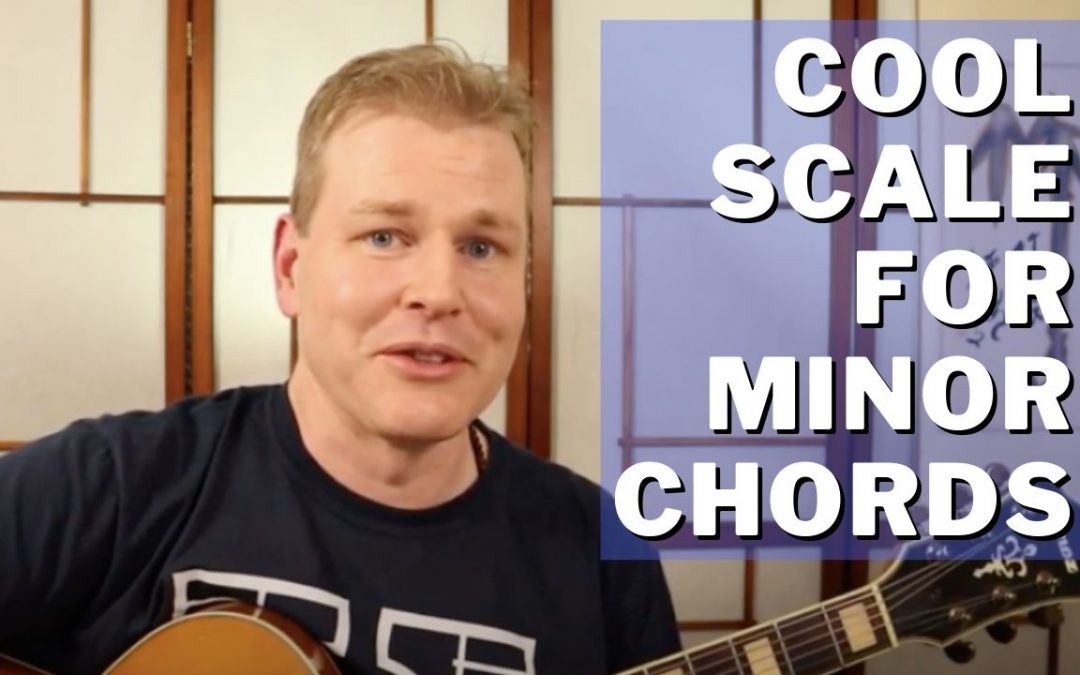

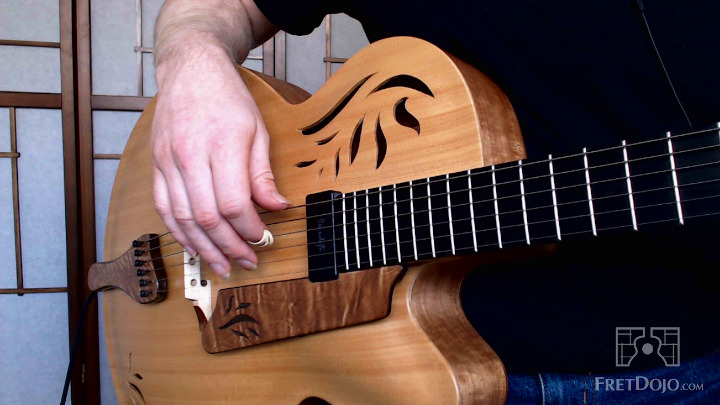
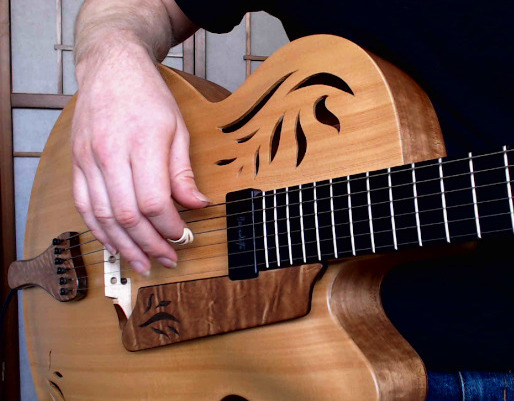
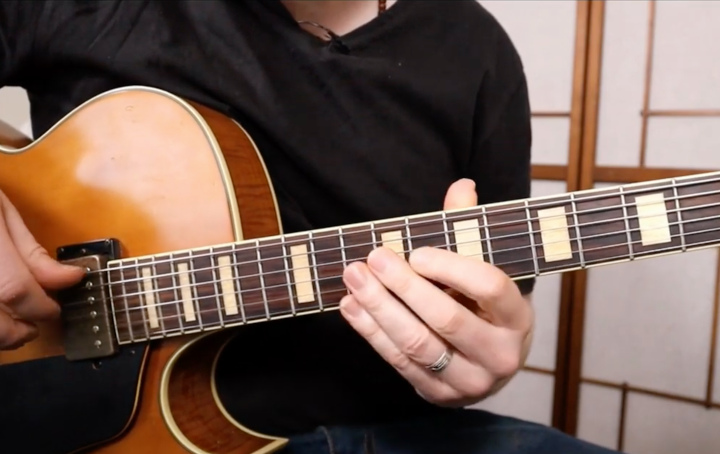 I play fingerstyle and use fingernails – so I make sure my nails are polished as smooth as
I play fingerstyle and use fingernails – so I make sure my nails are polished as smooth as